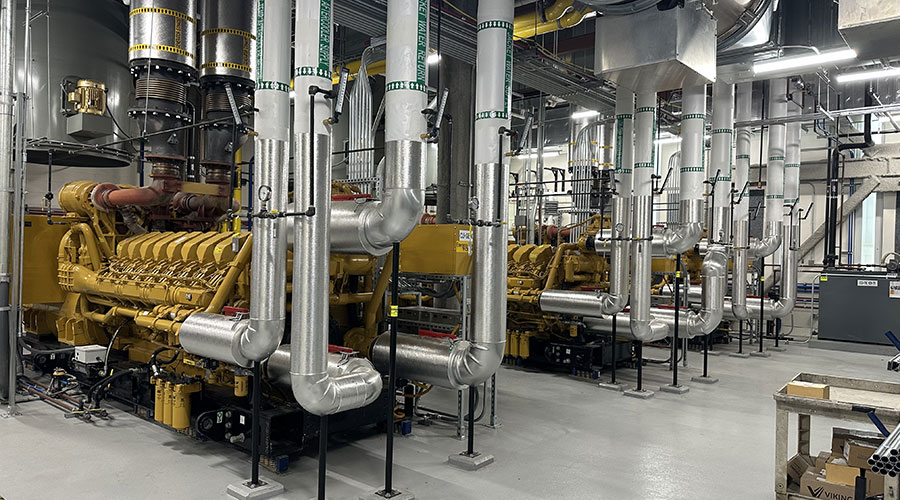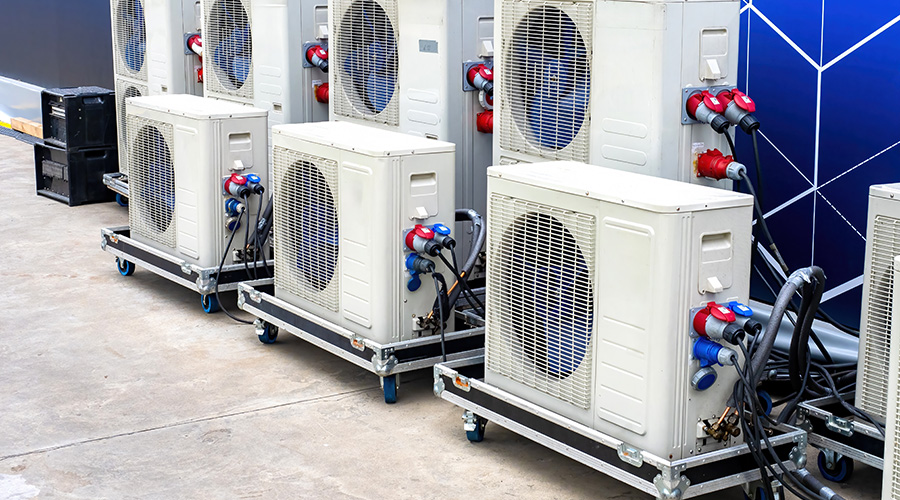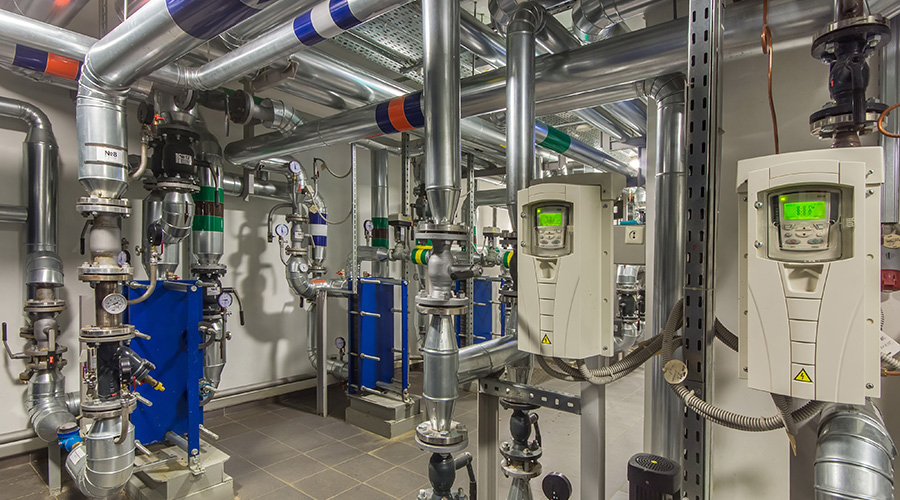 HVAC upgrades in facilities at Vanderbilt University gave managers the opportunity to incorporate new energy-saving measures and equipment, as well improve redundancy and service availability.
HVAC upgrades in facilities at Vanderbilt University gave managers the opportunity to incorporate new energy-saving measures and equipment, as well improve redundancy and service availability.HVAC Upgrades Can Lead to Broader Replacement Opportunities
Vanderbilt University’s experiences offer insights and ideas for delivering successful HVAC system upgrades
Planning to replace a chiller or air handler also provides managers with an opportunity to consider other equipment improvements at marginally higher costs while the systems are down. For example, how much performance data do managers want to view and trend from the new equipment? Think about the way technicians will view and monitor this equipment. Is it a separate location from the office?
Are technicians manually staging chiller plants? Consider adding components and technology that will measure and automatically stage equipment as needed. Considering the shrinking workforce, using technology such as flow meters and other sensors to monitor equipment will become more important for monitoring and troubleshooting.
“At Vanderbilt, whenever there’s a need for equipment replacement, we remind ourselves to ask, ‘What’s the big picture?,’ “ Hurt says. “We have a master plan in place for future growth. That may affect the decision to replace the equipment and how this project fits into that master plan. We don’t want to replace an air handling unit in a building that will undergo significant renovation next year.”
Managers should consider whether the function of the building or department has changed since the equipment was installed. Different functional requirements or code requirements might dictate a different technology or type of system, which can have far-reaching effects. “We use these opportunities to update the expertise and capability of our current staff,” Hurt says.
Scopes and budgets
“Before starting any project, there has to be a plan,” Hurt says. “There are a lot of considerations, some that may not be obvious at first glance.”
It takes work to fully define the scope of work. Managers can use design and construction partners to identify the root problems and incorporate them into the project scope of work. The problems might go beyond an old air handler. Is there enough chilled water or cooling capacity available to the air handler? Have technicians checked the outdoor air dampers? Maybe they are stuck open and introducing more outdoor air than the air handling unit was designed to cool.
Are technicians relying on old, uncalibrated sensors to stage equipment? If so, managers need to include sensor calibration as part of the scope of work, or have it done beforehand to eliminate that as a contributing factor. They also must make sure to identify all related system deficiencies other than the equipment to develop a comprehensive scope of work.
Once the scope of work is completed, the next step is to develop a budget, possibly with the help of a trusted contractor or by using historical project data. It is essential that managers fully understand the project so they can communicate effectively to those budgeting the project.
They also must be able to communicate the parameters of implementing the work and its logistics. For example, depending on the criticality of the building function, contractors might need to perform the work at night or on weekends, which has a substantial impact on the labor costs.
When developing the scope of work, managers also need to communicate design and construction standards to the contractor and designers. Without this communication, how will they know the standards? Will the new equipment fit, and will technicians have access to it? Does it make their jobs easier? Managers also must require proper labeling of key components, including equipment, piping, panels, and wall ratings, to ensure technicians can access the equipment and perform troubleshooting.
Related Topics:














